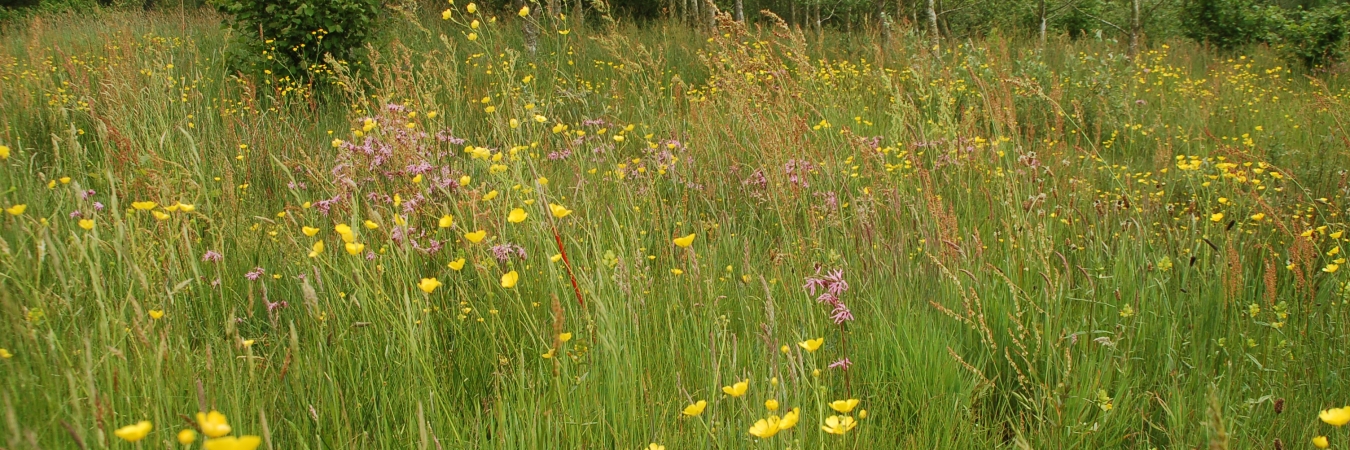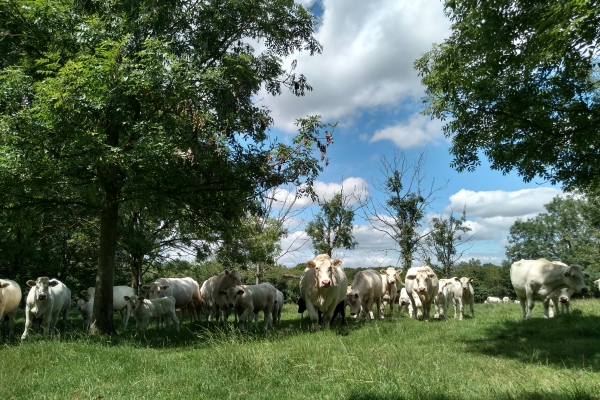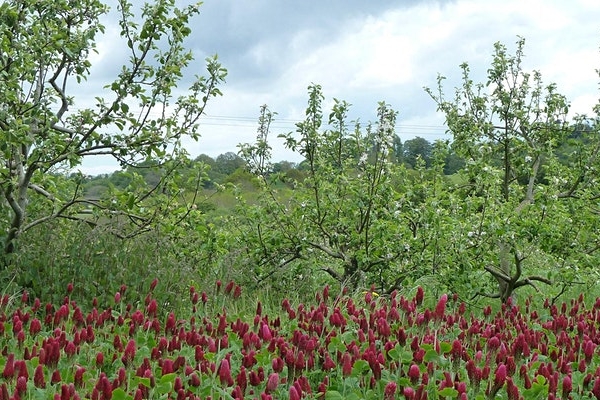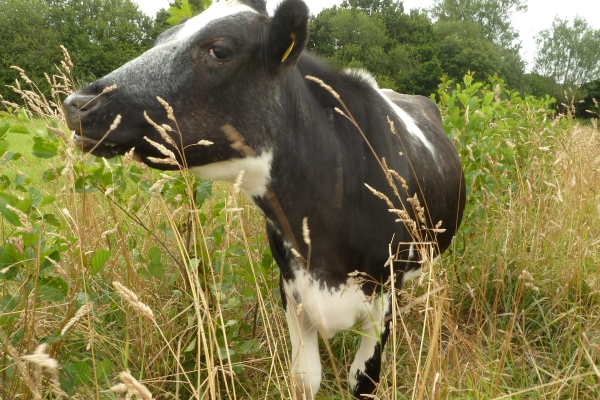Woodmeadows – Three Hagges case study
Resource explained
This document was created as an accompaniment to a podcast as part of a Farming the Future A-Team Foundation-funded project that aimed to promote agroforestry as a way of farmers and landowners simultaneously and sustainably growing food, transitioning into the new ELM Scheme and contributing to ‘public goods.’ One of the case studies created as part of this focuses on Three Hagges Woodmeadow – the flagship site for the Woodmeadow Trust based at Escrick just outside of York which serves as a nature reserve and education centre for the local community. In addition to describing Three Hagges, this document is useful for anyone interested in learning about general features and benefits of woodmeadows, ways in which they are relevant to farmers, how to go about converting intensive farmland to meadow and woodland, and tree and meadow management.
Findings & recommendations
- Woodmeadows are mosaics of trees and grassland which can be extremely botanically diverse (containing 60-76 plant species per square metre). They traditionally consist of timber trees, fruit trees, shrubs, pollarded trees and coppice, with meadows providing ground flora cut for hay and used for grazing, and trees being used for fodder (as tree hay), in addition to timber and fruit.
- The rich diversity is derived from a variety of ground conditions, the constant presence of two habitats in various stages of growth, and the transitional edge between the woodland and species-rich grassland habitats; with a constant flux in conditions caused by waxing and waning of woodland and herbage.
- Woodmeadows can provide opportunities to use ‘unproductive’ or marginal land, boost farmland biodiversity and pollinator benefits and enhance pest and disease control. They also have the capacity to help reduce flood risk, improve soil and air quality, sequester carbon, and provide health benefits for livestock – through providing shade and browse, enabling them to access extra minerals and reducing the parasite load. The varied herbage can provide a richer supply of vitamins, minerals and nutrients than ‘improved’ pastures, which are typically dominated by a small number of grass species.
- Farmer tips include: Know your soil – understand the fertility, pH and hydrology of the site; when planning the layout make sure you consider your strategy to extract timber; and if harvesting grass, make sure that the trees won’t become barriers to easy vehicle access around the site as they grow.
Listen to the accompanying podcast and explore other case studies here.






